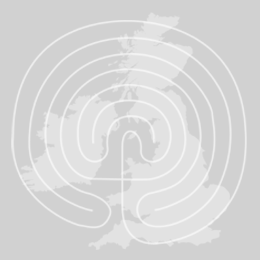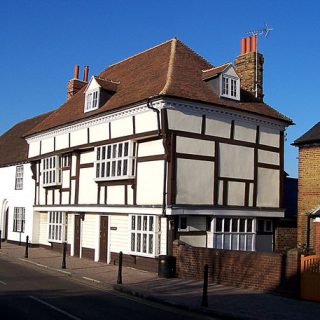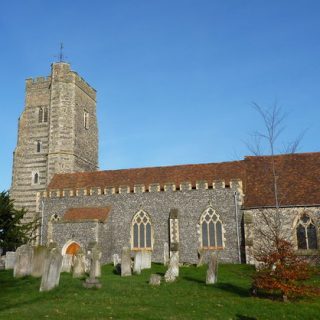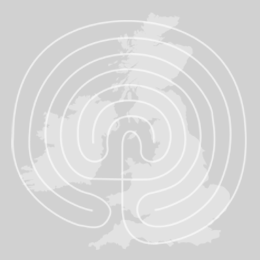Berwick upon Tweed Vampire
This account of a haunting is considered to be one of the earliest possible accounts of a vampire in Britain. It was written by William Parvus, also known as William of Newburgh (or Newbury) (Born 1136 – Died 1198), an Augustinian Canon who wrote several accounts of haunting/potential vampire cases.






Recent Comments